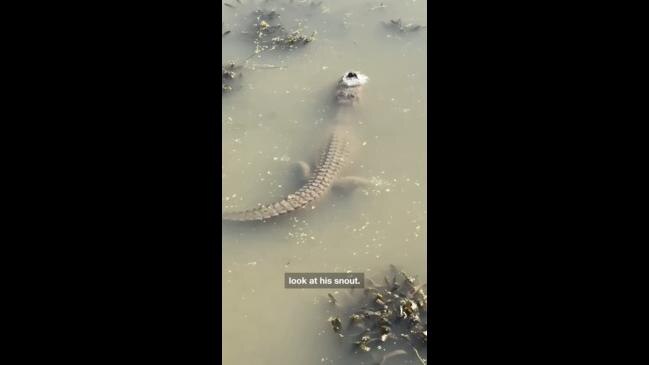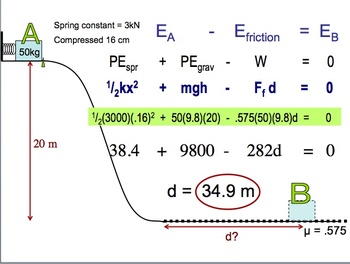As the chill of winter sweeps across their habitats, one might wonder how alligators, those ancient reptiles known for their formidable presence, manage to thrive in environments that dip below freezing. Surprisingly, these creatures exhibit remarkable adaptations to survive cold temperatures, revealing a fascinating interplay of physiological and behavioral strategies aimed at energy conservation. Understanding how alligators navigate these harsh conditions not only highlights their resilience but also invites us to reconsider the complexities of life in varied climates.
When temperatures plummet, alligators engage in a process known as brumation. This is a hibernation-like state but tailored specifically for reptiles. Brumation enables them to significantly reduce their metabolic rate, thereby minimizing energy expenditure. In this state, an alligator’s heart rate slows, and its overall physiological activity diminishes. This adaptation is crucial for survival, especially during prolonged periods when food sources are scarce and temperatures render digestion inefficient.
Central to an alligator’s energy conservation is their ectothermic nature—being cold-blooded. Ectothermic organisms rely on external environmental temperatures to regulate their body heat. Unlike mammals, which generate heat internally, alligators absorb warmth from their surroundings. During warmer months, they bask in the sun, filling their bodies with heat, which provides them with the energy needed for metabolism, growth, and activity. Conversely, when temperatures drop, their reliance on external warmth becomes a double-edged sword, necessitating strategic adaptations to cope with the resulting cold.
In response to the icy grip of winter, alligators often seek refuge in more temperate microhabitats. They tend to move to deeper bodies of water, where the layers of water insulate against extreme temperature fluctuations. In these deeper areas, the water remains slightly warmer than the air, providing a more stable environment. This choice of habitat not only shields them from freezing but also limits their exposure to the elements, allowing for efficient energy retention.
Alligator behavior also shifts significantly in cold weather. They become markedly less active, often opting for prolonged periods of inactivity. By decreasing their movements, they effectively conserve energy. Their instincts drive them to remain submerged in water until their bodies acclimate to the cold and their energy requirements decrease. This lethargic state not only helps in using up stored energy more sparingly, but also significantly reduces the need for hunting, thus limiting their engagement in the active pursuit of dwindling winter prey.
Alligators exhibit additional physiological adaptations, such as the production of antifreeze glycoproteins, which function similarly to those found in Arctic fish. These proteins prevent ice formation in their tissues, providing further protection against freezing temperatures. Such biochemical adaptations are vital, allowing alligators to endure and navigate harsh winter conditions without succumbing to the dangers of frostbite or other cold-related injuries.
Interestingly, alligators have a curious behavior known as “icing.” This phenomenon occurs when alligators partially submerge themselves in icy waters, with only their snouts remaining above the ice. This unique position allows them to breathe while also staying insulated from the frigid temperatures. While they may appear dormant, they are actually employing a clever survival tactic to balance breathing and heat conservation, enabling them to survive extended periods of cold exposure.
The resilience of alligators amidst challenging climates extends beyond mere survival; it serves as a testament to evolutionary ingenuity. Their strategies provide critical insight into the adaptive mechanisms present in many ectothermic species, broadening our understanding of biodiversity’s response to climate variances. As environmental changes continue to escalate globally, the adaptability of species like the alligator emphasizes the importance of ecological balance and the need for conservation efforts.
Moreover, the stories told by alligators resonate within broader conversations about climate change and biodiversity conservation. Understanding their energy conservation strategies shapes our awareness of how species adapt—or fail to adapt—to changing habitats. These insights are pivotal as we grapple with the implications of rising global temperatures and unpredictable weather patterns. Observing how alligators have thrived through millennia offers invaluable lessons in resilience and adaptation, inspiring a shift in our perspective on wildlife endurance against the backdrop of a changing climate.
In conclusion, the methodical and instinctual approaches alligators employ to conserve energy during cold temperatures encapsulate the intricate dance of survival in the natural world. From brumation and habitat selection to unique behavioral adaptations, their resilience starkly contrasts the fragility of many other species in an era marked by environmental volatility. As we reflect on how these remarkable creatures navigate the chilling implications of winter, we are reminded of the tenacity of life in all its forms—but we must also heed the clarion call to protect these ecosystems. Preserving their habitats is not merely an act of safeguarding nature’s marvels; it is a crucial step in ensuring the survival of these extraordinary reptiles amidst the relentless march of climate change.






